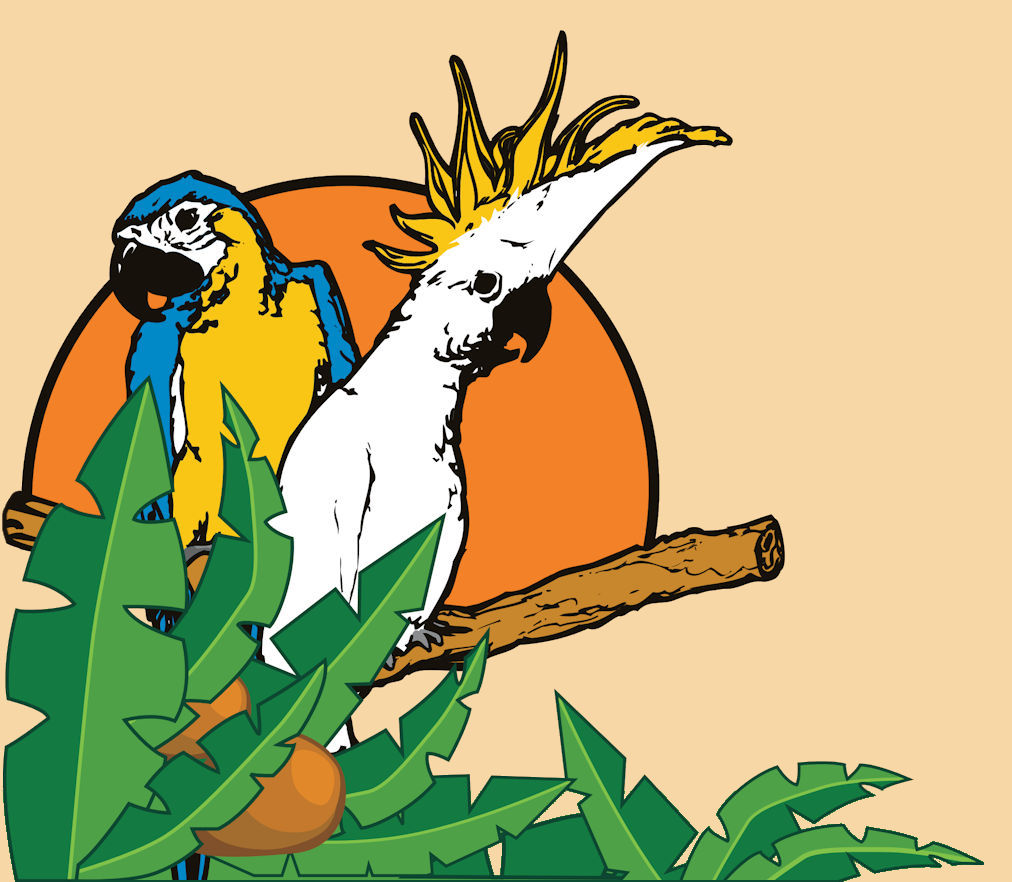A little cereal at breakfast, a little yogurt at lunch, or maybe some cheese at dinner… many parrot owners do not think twice about offering dairy items as a part of their birds’ diet. For other parrot owners though, feeding dairy products is a strict “no”. The reasoning behind the decision may vary. Some owners avoid feeding dairy because of the high fat content, while others reason that birds are not mammals and do not ingest milk in the wild. Birds lack the enzymes necessary to break down the lactose in milk and some other dairy products- this makes it more difficult for them to digest.
Feeding too much dairy can lead to diarrhea and gastrointestinal upset. Owners that do feed dairy like it as a treat, a source of calcium, and breeders may included it for the fat and protein. Some dairy items such as yogurt and cheese contain minimal lactose due to the manufacturing process. Just like other table foods, moderation is key. If you do offer cheeses to your bird, stick with hard cheeses, like a small piece of cheddar. Soft cheeses like mozzarella are not recommended as the gummy consistency can lead to an impacted crop.
